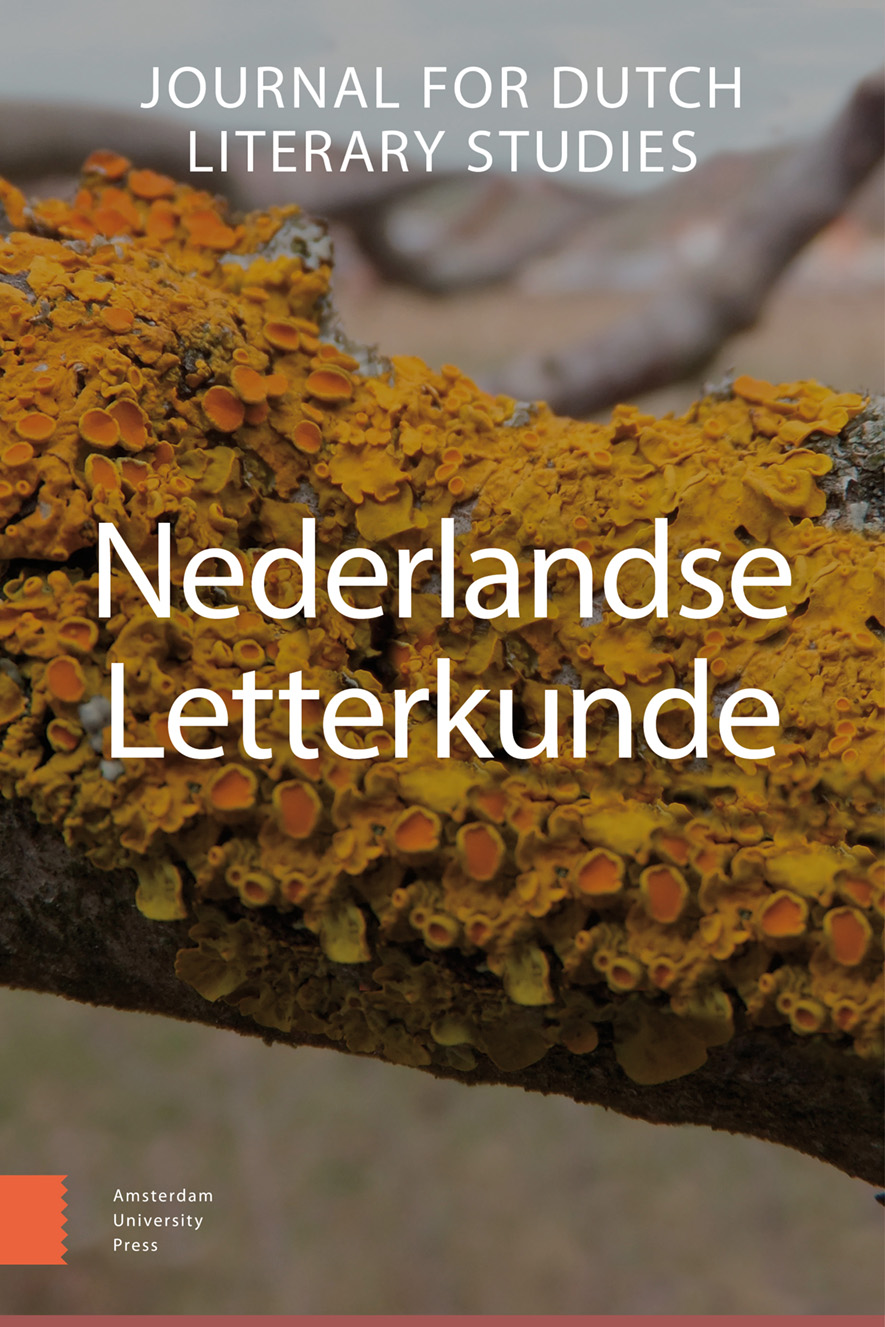-
oa Hoofse liefde in Elsschots Het Dwaallicht
- Amsterdam University Press
- Source: Nederlandse Letterkunde, Volume 22, Issue 2, Aug 2017, p. 107 - 136
Abstract
Courtly Love in Elsschot’s Het Dwaallicht (The Will-o’-the-wisp)
Willem Elsschots novel Het Dwaallicht (The Will-o’-the-wisp) (1946) contains a story about a miserable, rainy November evening in seaport town Antwerp. Four Afghani sailors are looking for Kloosterstraat 15, the whereabouts of a girl who worked on their ship that morning and promised them a rendezvous after nightfall. Desperately looking for the right direction they run into a neat, respectable married elderly man, Laarmans, who wants to protect these vulnerable foreigners against the suspicion and patronizing attitude of his discourteous citizens. He presents himself as their guide and all evening he leads them through the nocturnal labyrinth of streets and alleys, secretly hoping to get a piece of the pie.
Their quest for the girl fails but little by little Laarmans and the Afghani get closer to each other. They end up in an obscure night bar comtemplating their different conceptions of morality, politics and religion. At last they part as dear friends, but before heading home Laarmans does a last but vain attempt to reach the girl at an address he withheld, Lange Ridderstraat 71. Then he bids ‘his brothers’ farewell.
Since the sixties of the 20th century this novel has brought about a history of interpretation, to which this article hopes to offer a contribution. It reads the novel as an imagination of the process of sublimation as well as of desublimation. Therefore it follows the track of the Freudian psychoanalyst Jacques Lacan. Two theses come forward, both concerning the lacanian concept of anamorfosis. Primarily the novel as a whole is read as an anamorfosis revealing itself to the reader as a story of courtly love. Secondly the enigmatic fragment about the Lange Ridderstraat, at the very end of the novel, is taken as anamorfosis revealing two things to Laarmans (and via Laarmans to the reader): it puts him off his ambiguous attitude as ‘guide’ and divulges the final meaning of his longing.


